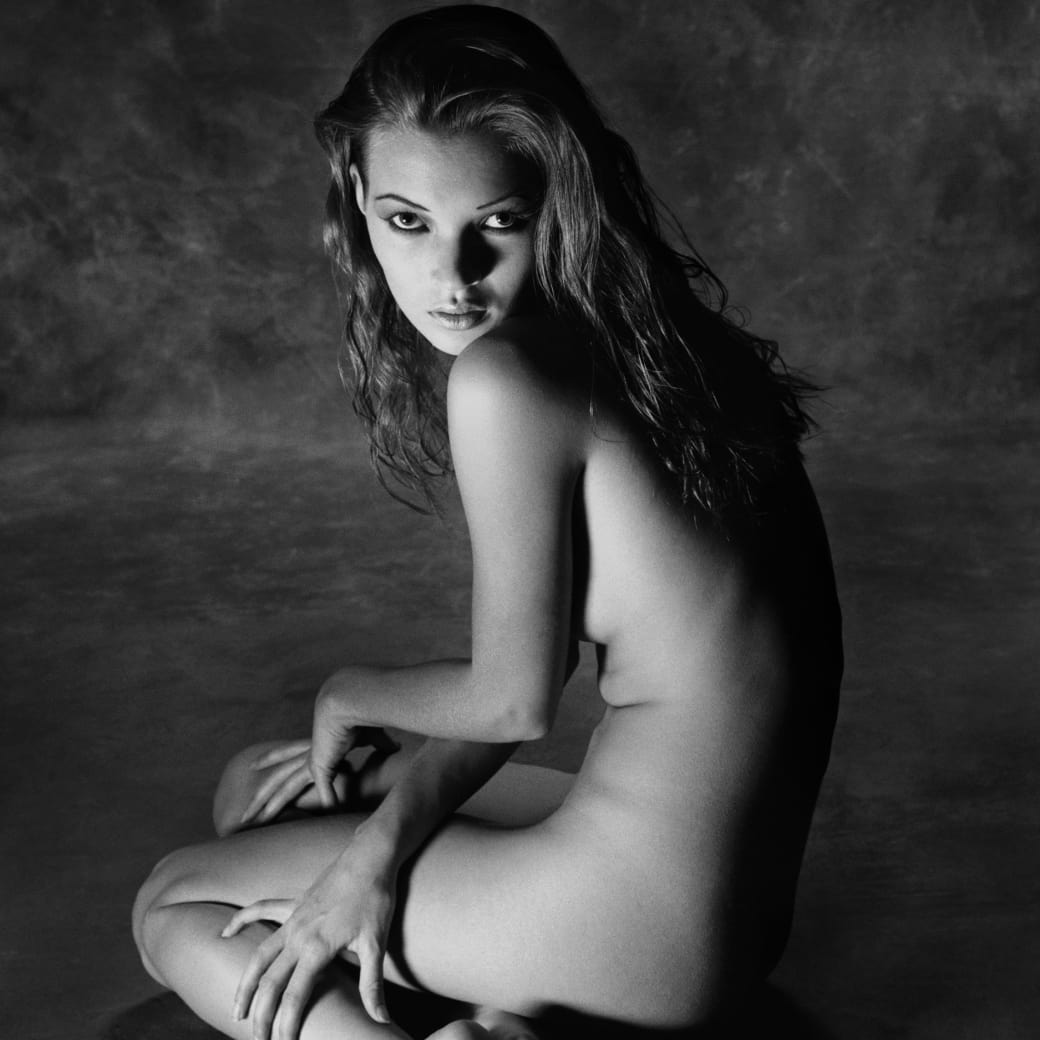Albert Watson has made his mark as one of the world’s most successful fashion and commercial photographers during the last four decades while creating his own art along the way. Over the years, his striking images have appeared on more than 100 covers of Vogue around the world and been featured in countless other publications from Rolling Stone to Time and Vibe—many of the photographs iconic portraits of rock stars, rappers, actors and other celebrities. (He was the official Royal Photographer for Prince Andrew’s wedding to Sarah Ferguson.)
Watson has also created the photography for hundreds of successful advertising campaigns for major corporations, such as Prada, The Gap, Levi’s, Revlon and Chanel; has directed many TV commercials; and shot dozens of posters for major Hollywood movies. All the while, Watson has spent much of his time working on personal projects creating stunning images from his travels and interests, from Marrakech to Las Vegas to the Orkney Islands. Much of this work, along with his well-known portraits and fashion photographs, has been featured in museum and gallery shows worldwide. The photo industry bible, Photo District News, named Watson one of the 20 most influential photographers of all time. He has won numerous honors, including a Lucie Award, a Grammy Award, three Andys and the Centenary Medal, a lifetime achievement award from the Royal Photographic Society.
Born and raised in Edinburgh, Scotland, Watson studied graphic design at the Duncan of Jordanstone College of Art and Design in Dundee, and film and television at the Royal College of Art in London. Though blind in one eye since birth, Albert studied photography as part of his curriculum.
In 1970, he moved to the United States with his wife, Elizabeth, where he began shooting photos, mostly as a hobby. Later that year, Watson was introduced to an art director at Max Factor, who offered him his first test session, from which the company bought two shots. Watson’s distinctive style eventually caught the attention of American and European fashion magazines such as Mademoiselle, GQ and Harper’s Bazaar, and he began commuting between Los Angeles and New York. In 1975, Watson won a Grammy Award for the photography on the cover of the Mason Profitt album, Come and Gone, and in 1976, he landed his first job for Vogue. With his move to New York that same year, his career took off.
Despite the demands of his commissioned assignments, Watson devotes much of his time to extensive personal projects, and has published five books: Cyclops (1994, Bullfinch); Maroc (Rizzoli, 1998); Albert Watson (Phaidon, 2007); Strip Search (PQ Blackwell/Chronicle, 2010) and UFO: Unified Fashion Objectives (PQ Blackwell/Abrams). In addition, many catalogs of Watson’s photographs have been published in conjunction with museum and gallery shows.
Since 2004, Watson has had solo shows at the Museum of Modern Art in Milan, Italy; the KunstHausWien in Vienna, Austria; the City Art Centre in Edinburgh; the FotoMuseum in Antwerp, Belgium; the NRW Forum in Düsseldorf, Germany; the Forma Galleria in Milan, and Fotografiska in Stockholm, Sweden. Watson’s photographs have also been featured in many group shows at museums, including the National Portrait Gallery in London, the Metropolitan Museum of Art in New York, the Pushkin Museum of Fine Arts in Moscow, the International Center of Photography in New York, the Brooklyn Museum and the Deichtorhallen in Hamburg, Germany. His photographs are included in the permanent collections at the National Portrait Gallery and the Metropolitan Museum of Art.
Watson has always been a workaholic. The archives at his studio in Manhattan are filled with millions of images and negatives. His studio, also used as a personal gallery, is filled with extraordinarily large-format photographs taken in Las Vegas. At first glance these landscapes, interiors and portraits take the viewer by surprise with their soft, filtered range of colors. But even in his new creations, Watson stays true to himself. The photographs create an aura that takes the viewer into the image but simultaneously demands a reverent distance.
Watson’s visual language follows his own distinctive rules and concepts of quality. With their brilliance, urgency, even grandeur, his photographs stand out so clearly against the world of today’s images. His way of lighting subjects, especially the fetish objects and portraits, creates a nearly meditative atmosphere in his photographs. Without a doubt, Watson is an artist who greatly enriches our perception with his unique photographic view. Though the wide variety of his images reflects an effortless versatility, they are nevertheless identifiable as Albert Watson photographs by their sheer power and technical virtuosity—whether it’s a portrait of a Las Vegas dominatrix or a close-up of King Tutankhamen’s sock. This single-minded commitment to perfection has made Watson one of the world’s most sought-after photographers.

